Reflections
When Douglas Fairbanks died on December 12, 1939, The New York Times titled his obituary "Robin Hood is Dead". Fairbanks played many famous roles before and since, but that is what he was most remembered for at the time.
Both Douglas Fairbanks and his version of Robin Hood have now faded in the popular memory. Oh, film buffs know who he was. But his Robin Hood, the big event of 1922, stands as a footnote in cultural history. Now, it's Errol Flynn who stands as the classic old-time Hollywood Robin Hood. And the classic movie Zorro is Tyrone Power from the 1940 remake.
There's 100 years between our time and when Douglas Fairbanks in Robin Hood premiered. And yet,the biggest cultural gulf is in the 16 years between Fairbanks and Flynn's Robin Hood, not the 84 years between Flynn's Robin Hood and us. Kids today can still engage with the Errol Flynn movie. But the absence of sound and colour makes it harder for audiences to connect with Douglas Fairbanks as Robin Hood.
The movie is a popcorn film. It succeeded brilliantly at entertaining audiences of its day. And yet, it's not usually included in the cultural canon of silent films that still matter. We still struggle with the racist legacy of D. W. Griffith's Birth of Nation and his costly follow-up Intolerance. Sergei Eisenstein's Battleship Potemkin and Carl Theodor Dreyer's The Passion of Joan of Arc linger in our imagination. The comedies of Charlie Chaplin, Buster Keaton and Harold Lloyd endure. F. W. Murnau's Sunrise: A Song of Two Humans still pulls at our heart strings. And fantasy and science fiction films are forever paying tribute to Murnau's Nosferatu and Fritz Lang's Metropolis.Even when people think of the silent-era mega-pictures, it's more likely going to be a bloated Biblical epic than a swashbuckling Fairbanks. The Thief of Baghdad is likely the Fairbanks movie that would be enshrined in the western canon, with its lavish sets built next to the Robin Hood sets.
Maybe Douglas Fairbanks in Robin Hood should be included in that canon too. Martin Scorsese imbued the movie Hugo with the famed director's love of silent film, and the title character loved Robin Hood with Fairbanks. Perhaps the film is crawling back into our conscienceness.
There's much to love about it -- delightful performances, great direction, astonishing sets. Aside from a resistance to silent movies in general, perhaps the main thing holding it back is the dreadful 1990s adaptation of the score that appears on the most widely available versions. And for those studying Robin Hood? It's hard to overstate the importance of the movie.
I participated along with several Robin Hood enthusiasts in a special discussion about the movie on its 100th anniversary, on October 18, 2022, hosted by the Into the Greenwood podcast. You can watch our discussion on YouTube.
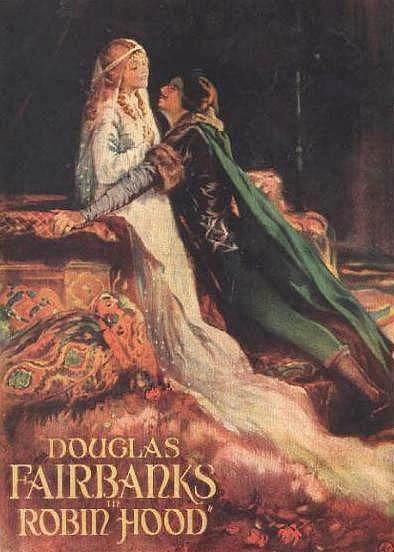
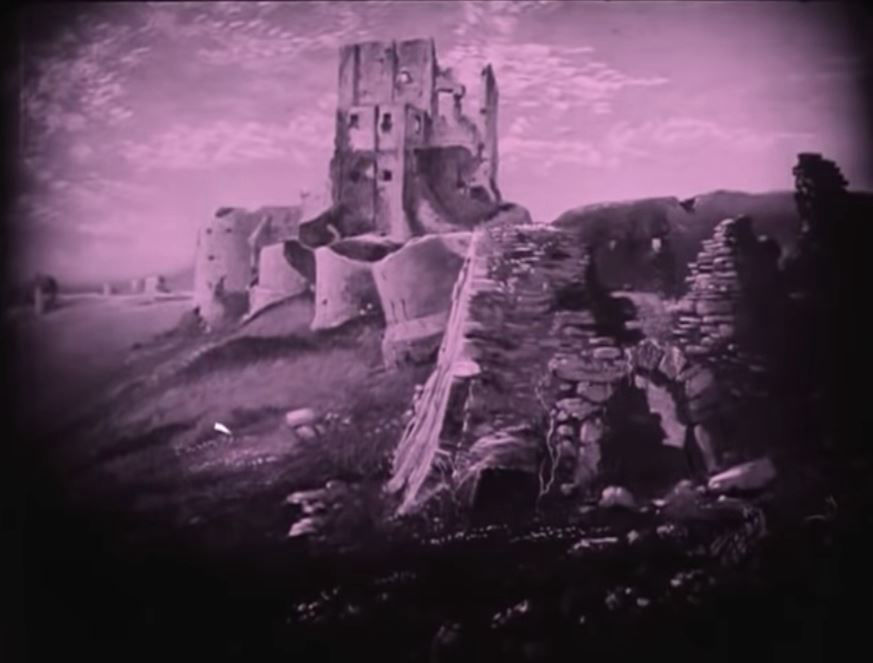
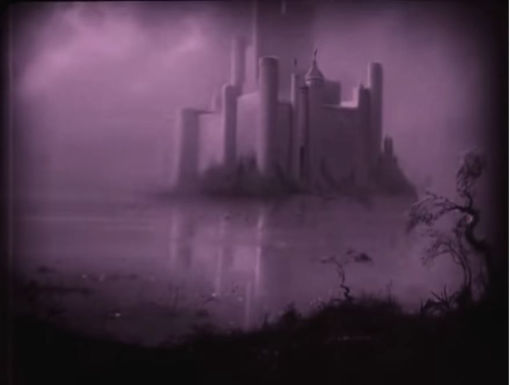
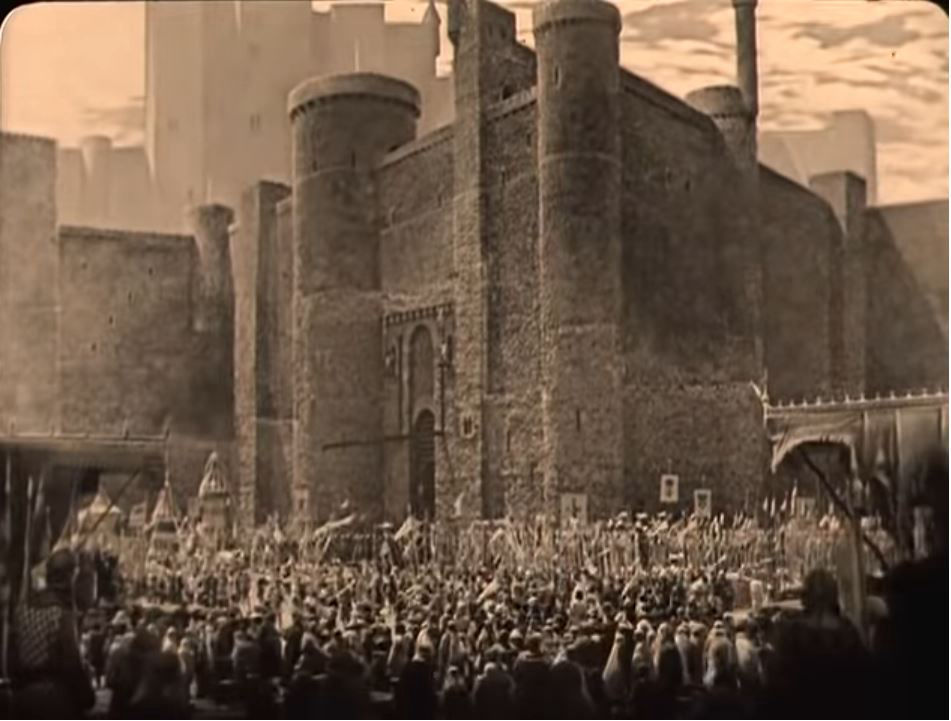
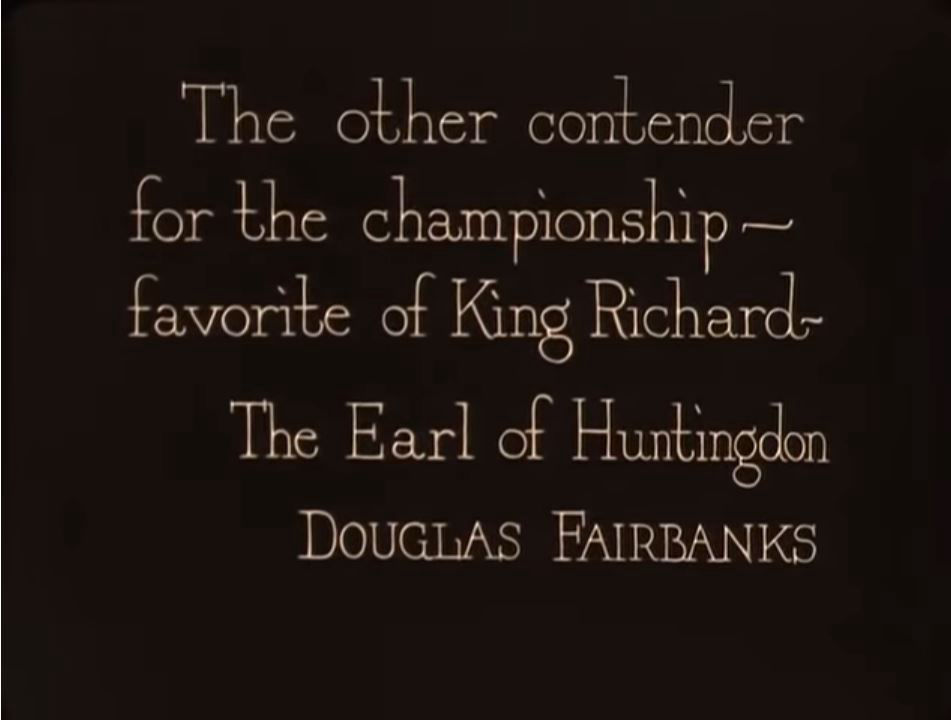
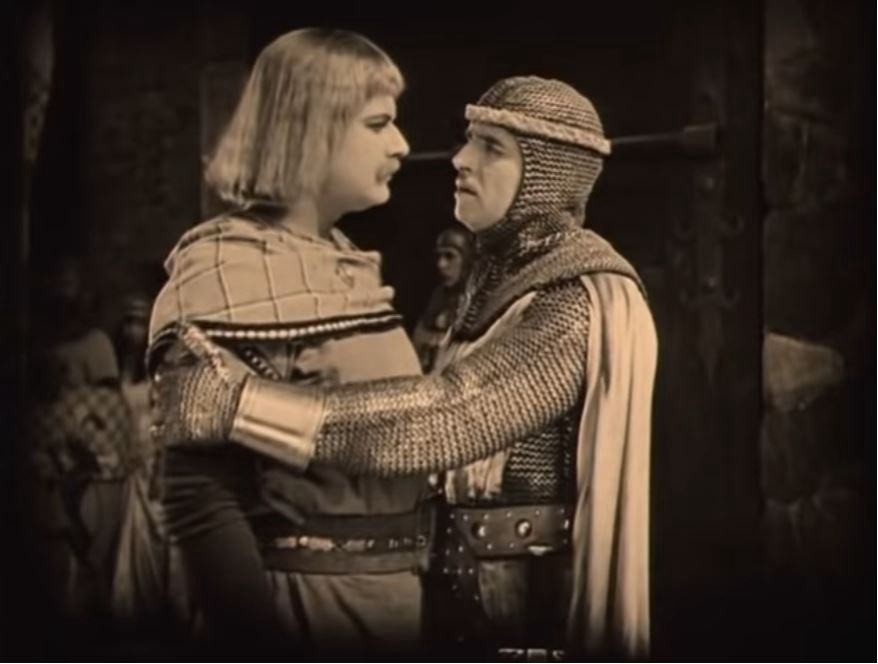
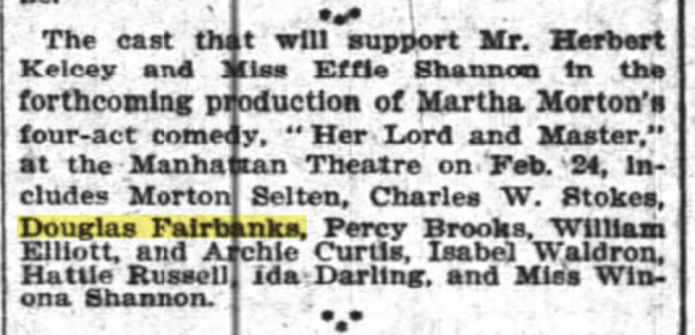

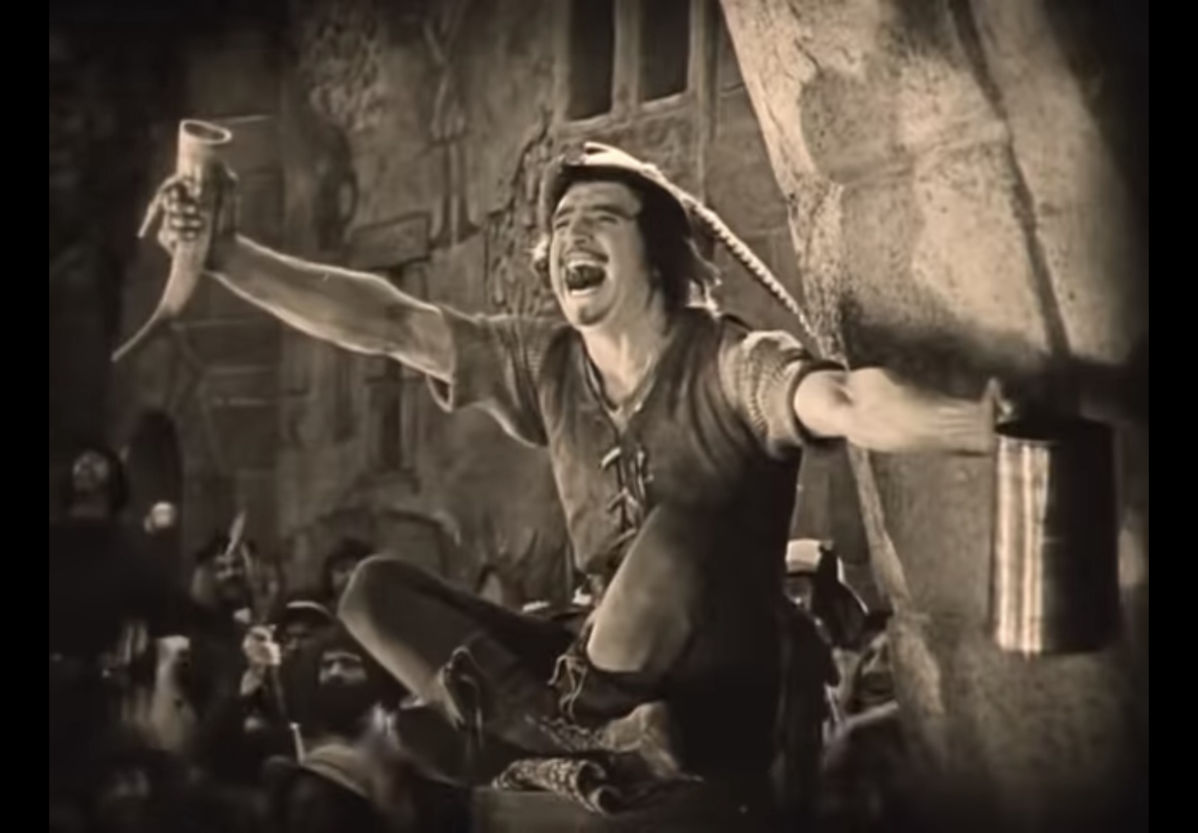
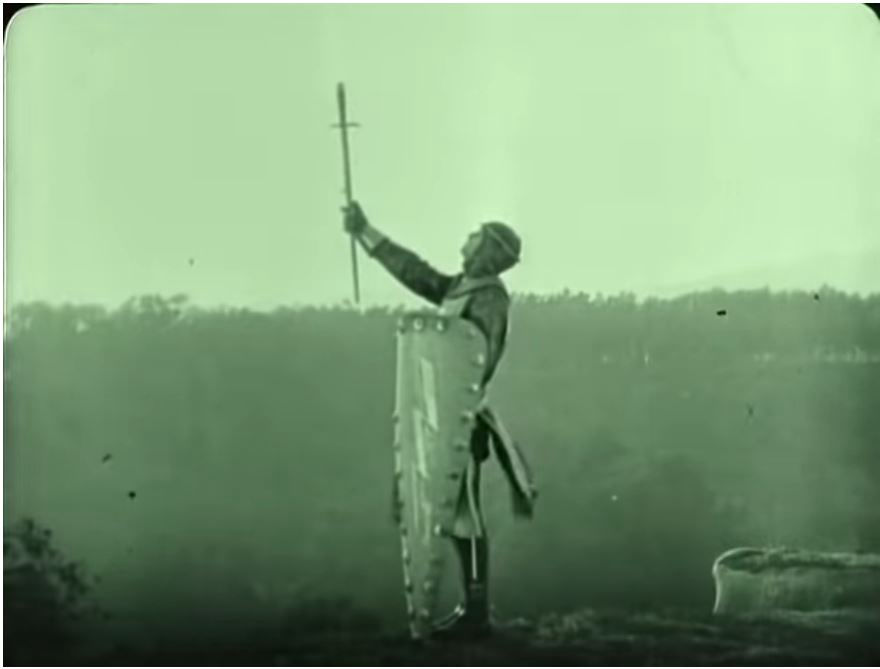
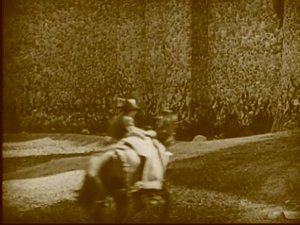
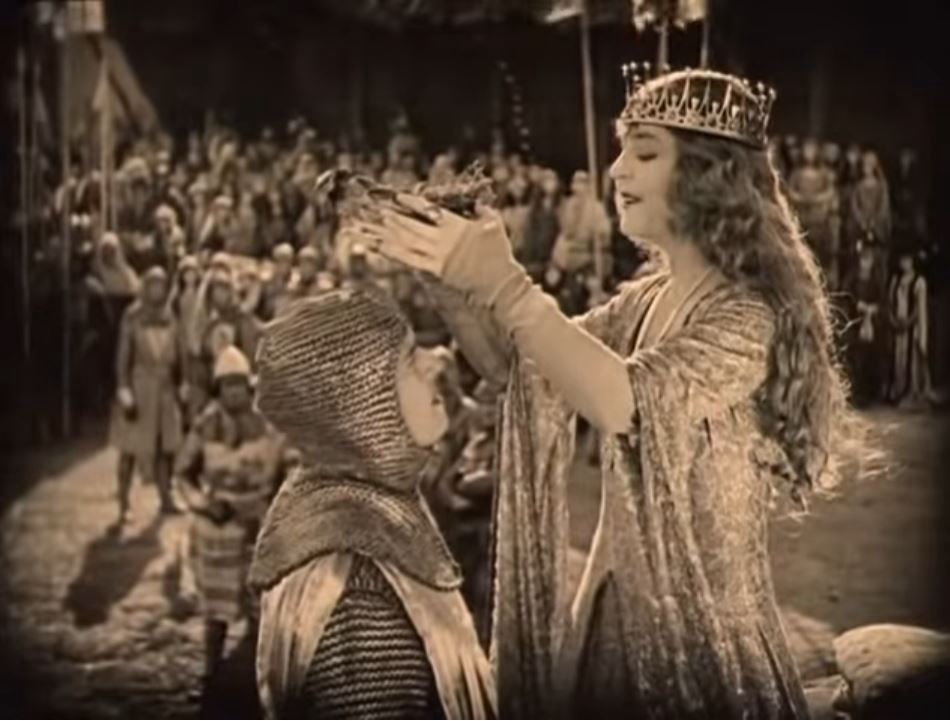
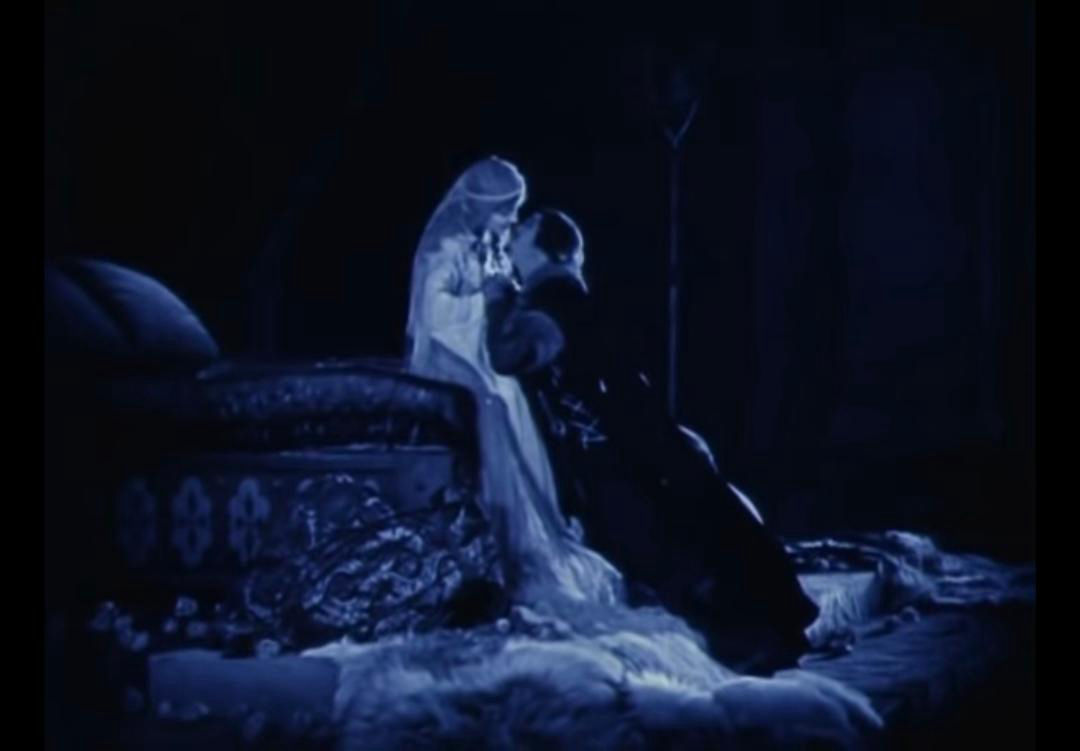
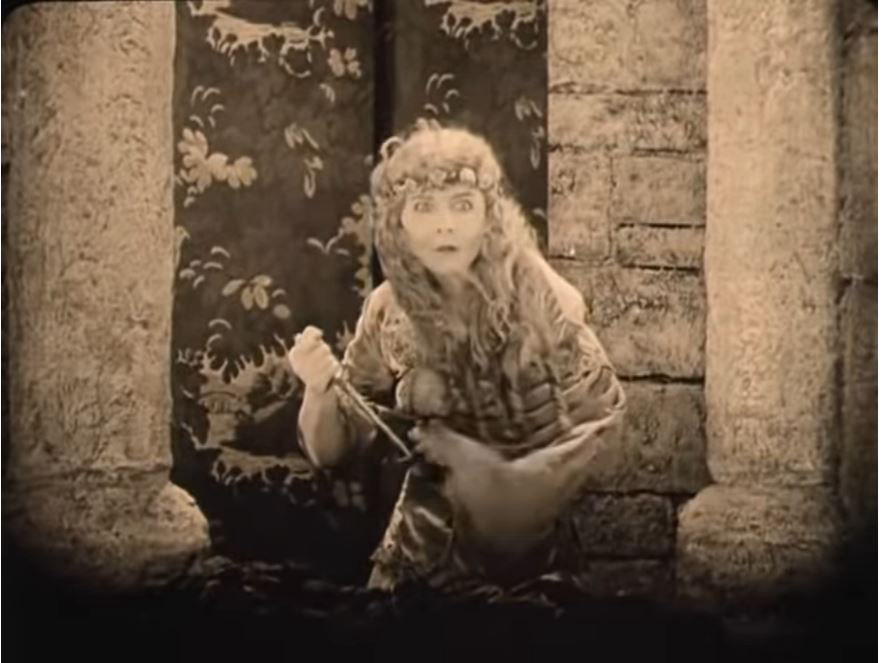
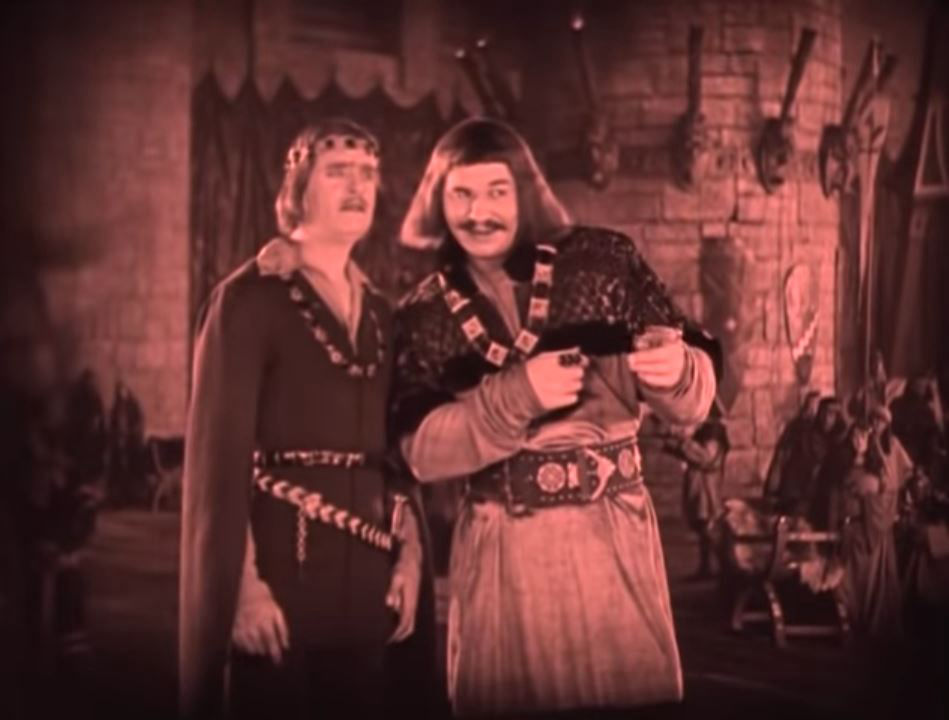
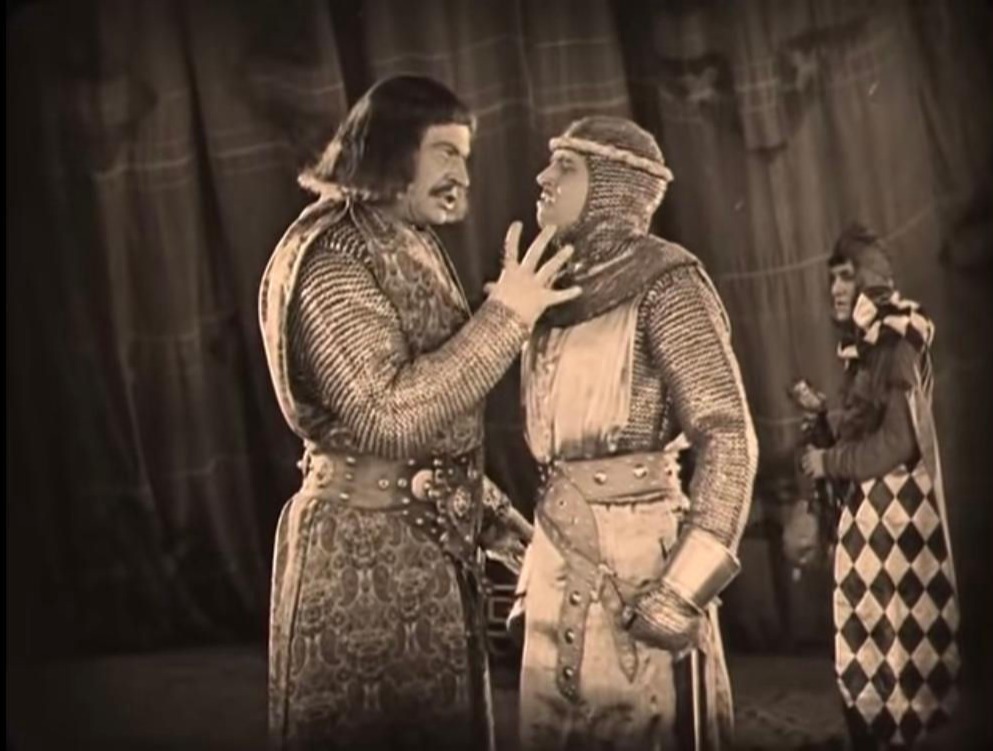
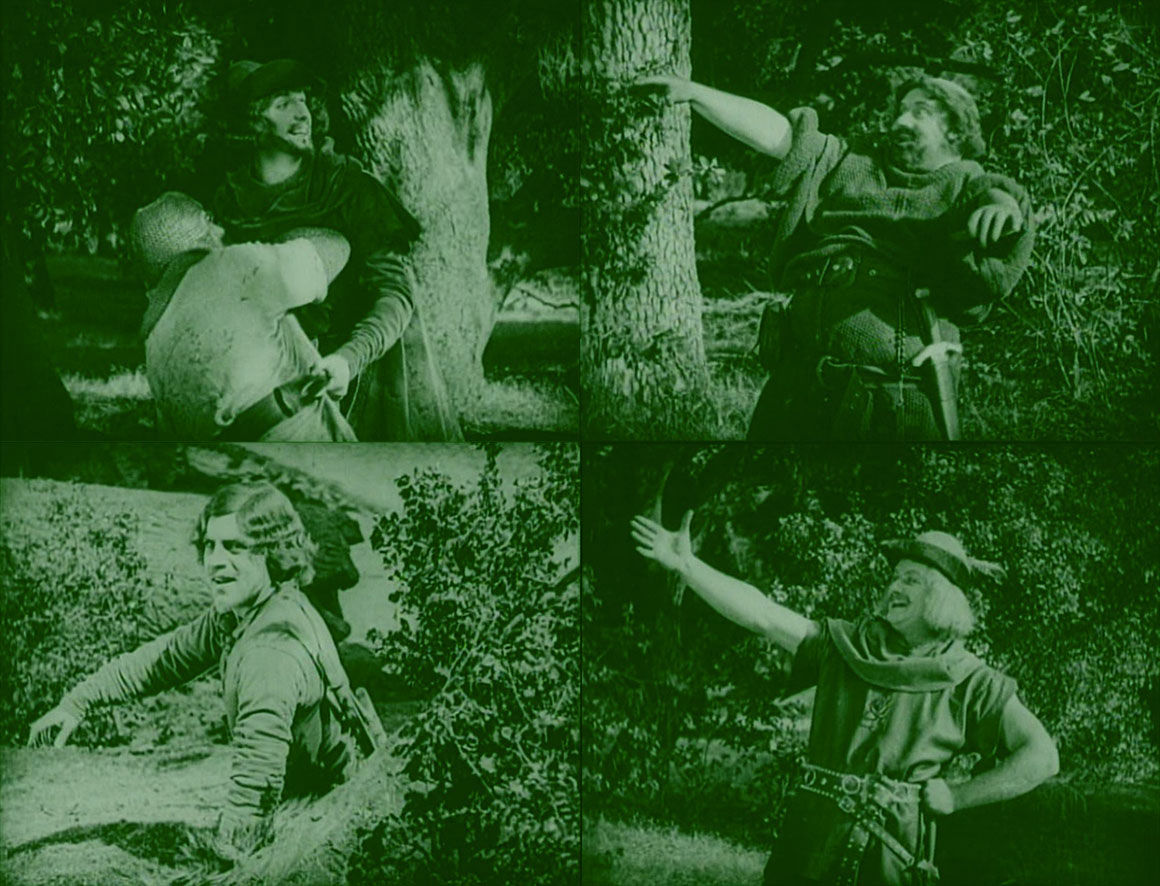
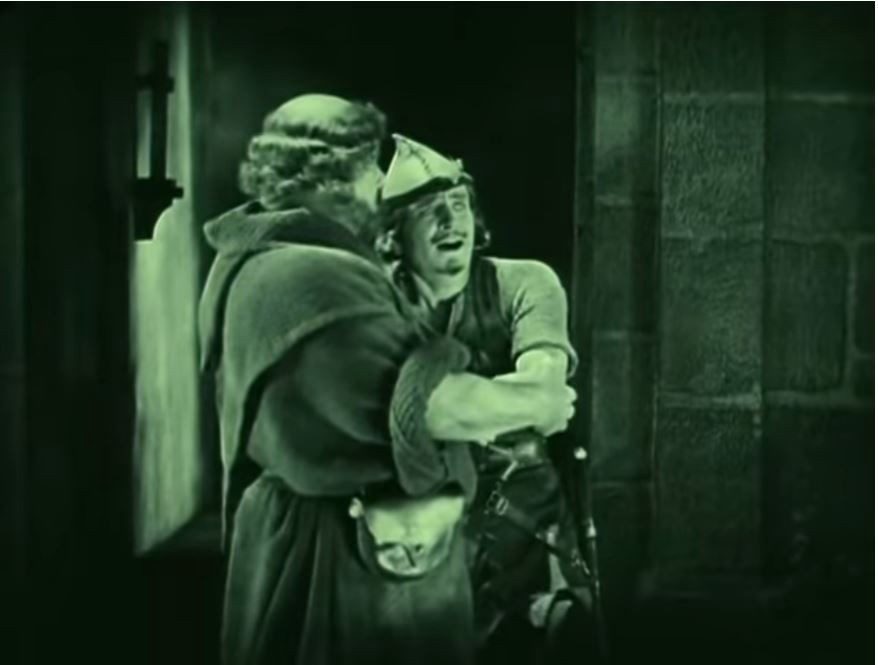
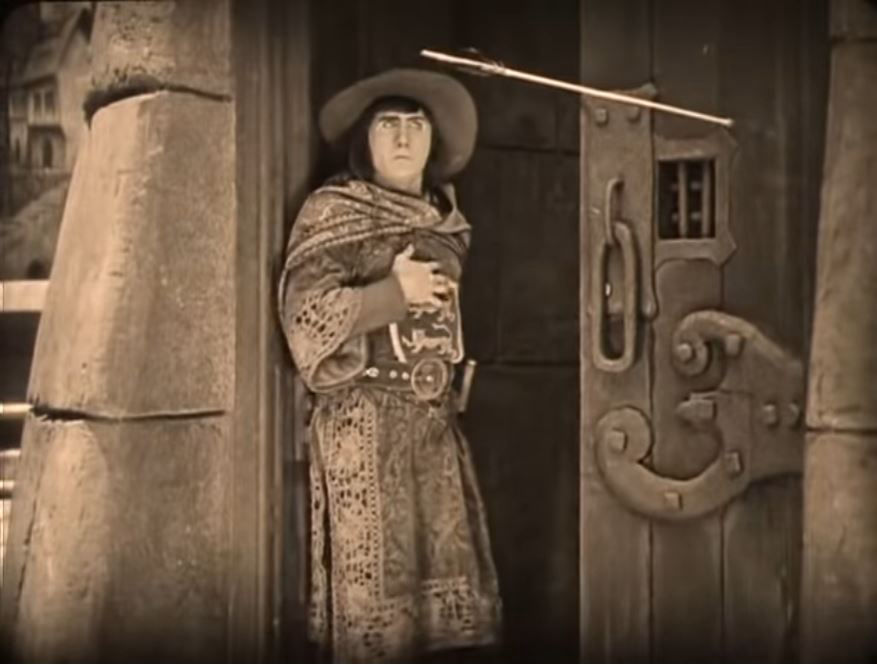
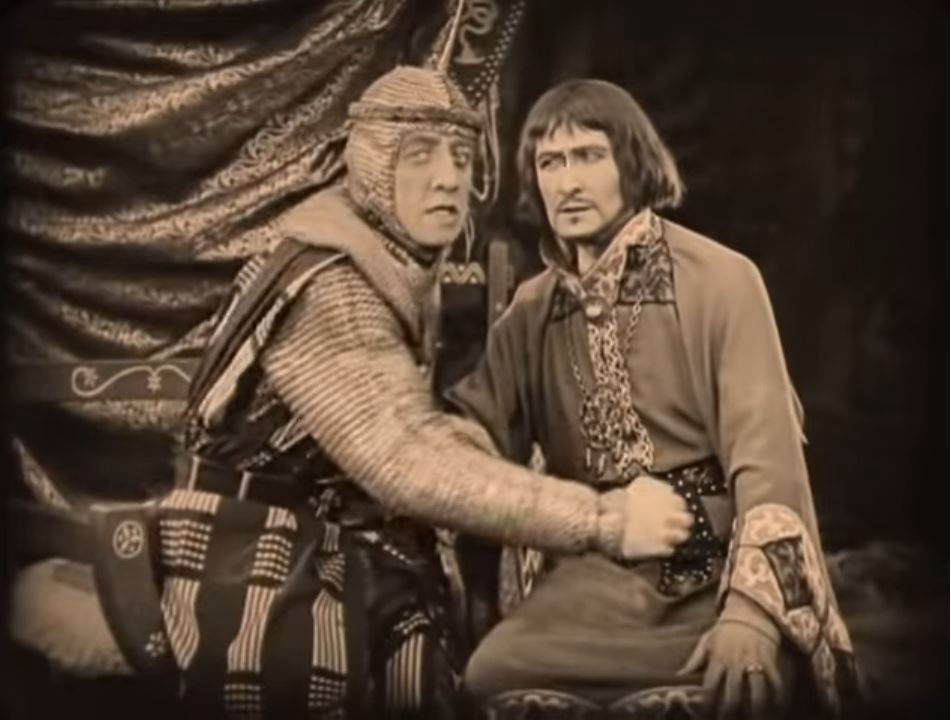
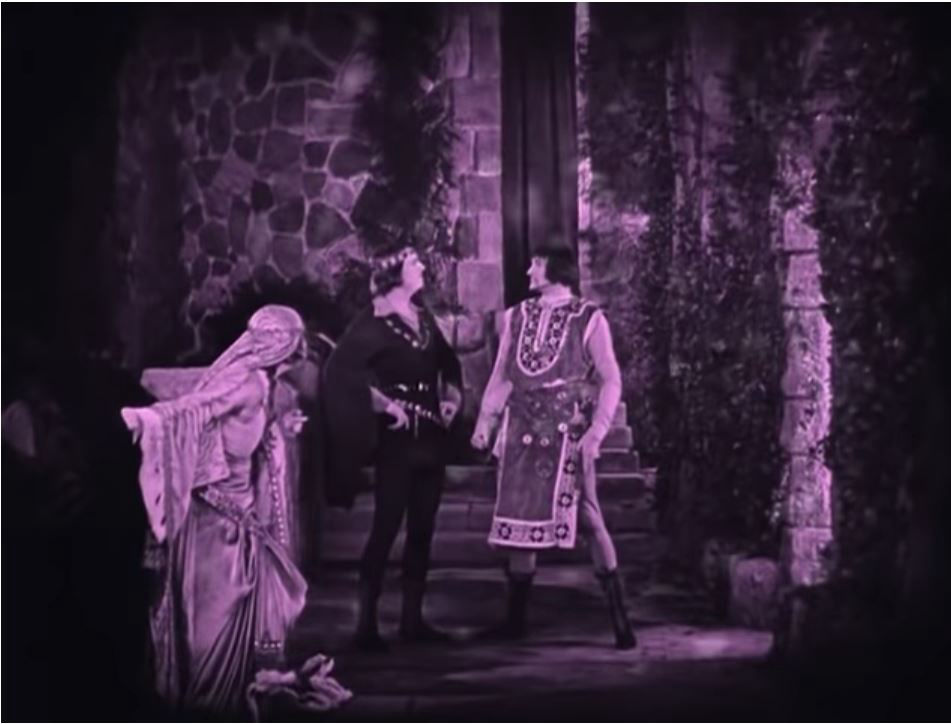
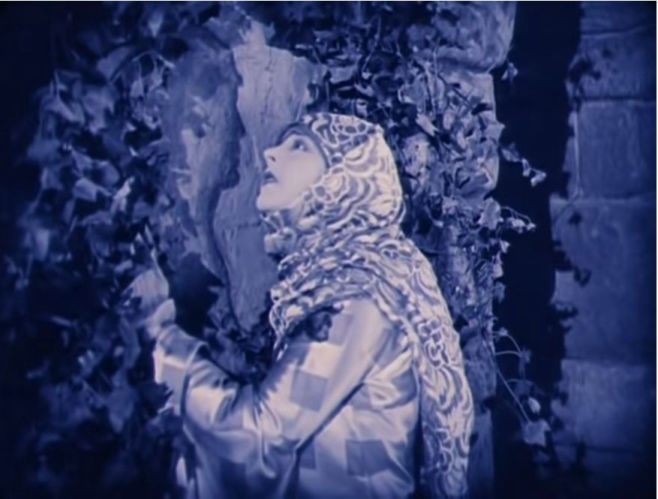
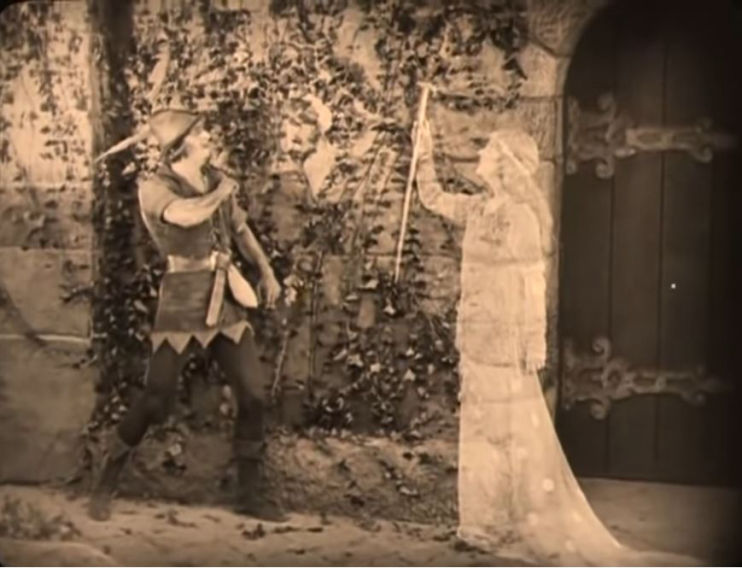
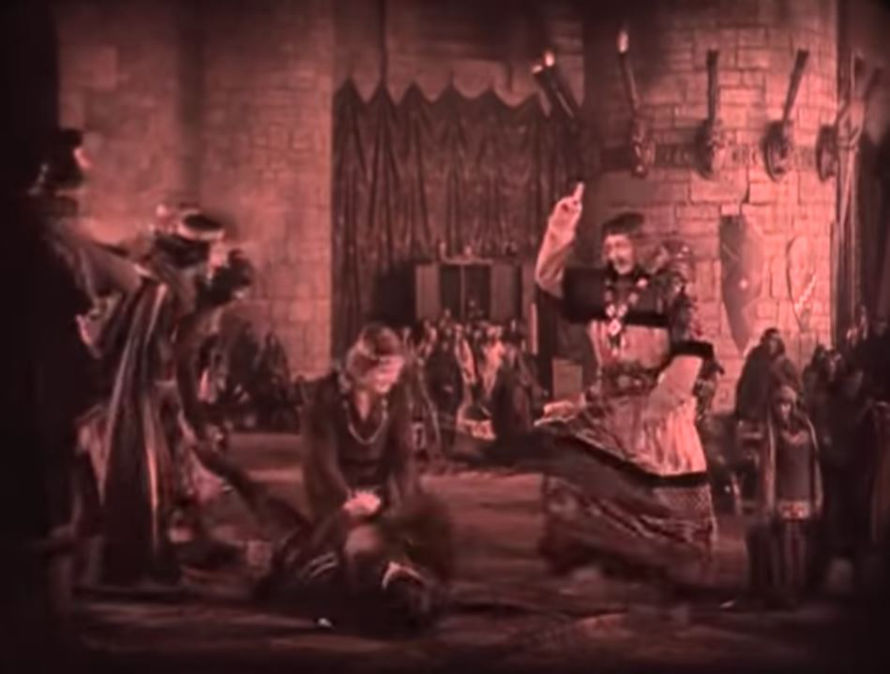
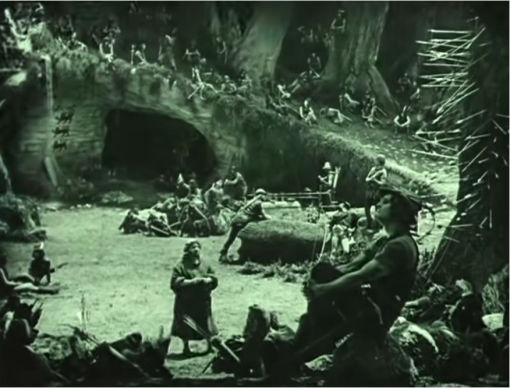
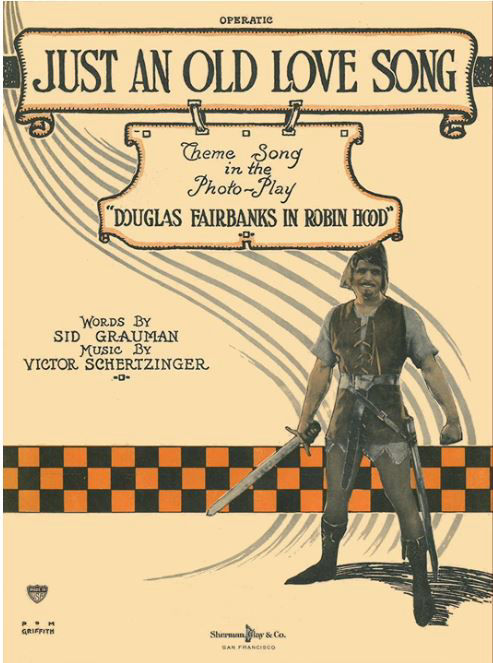
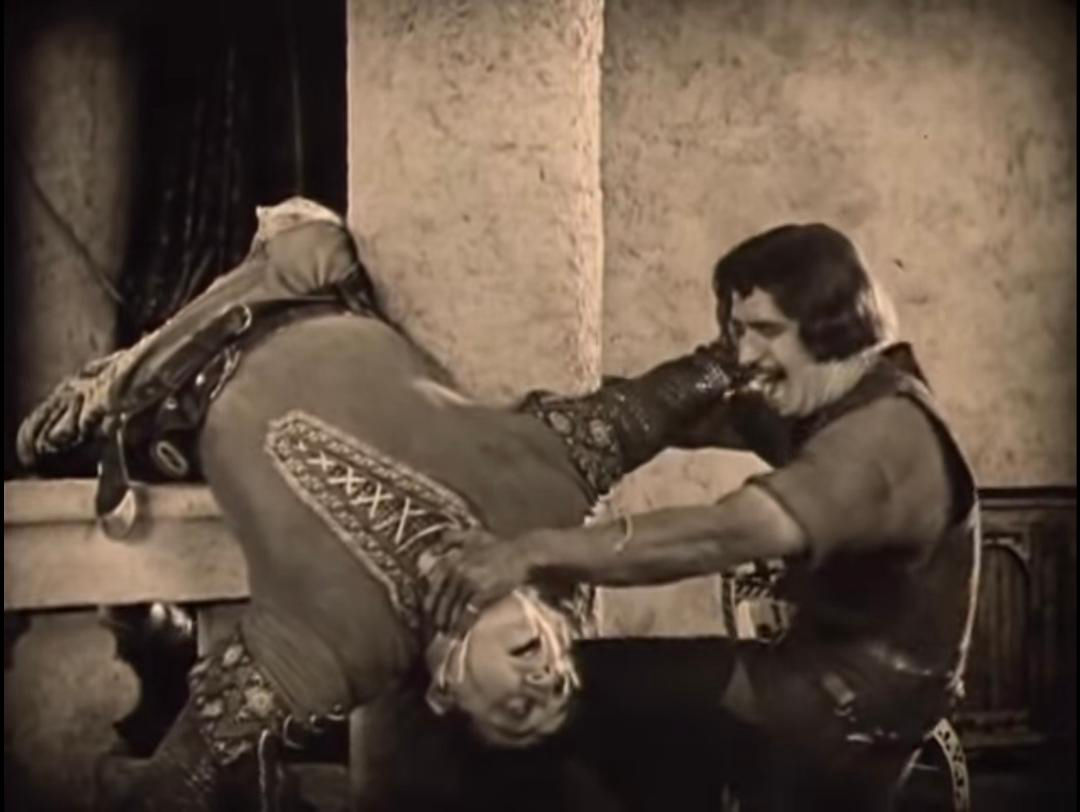
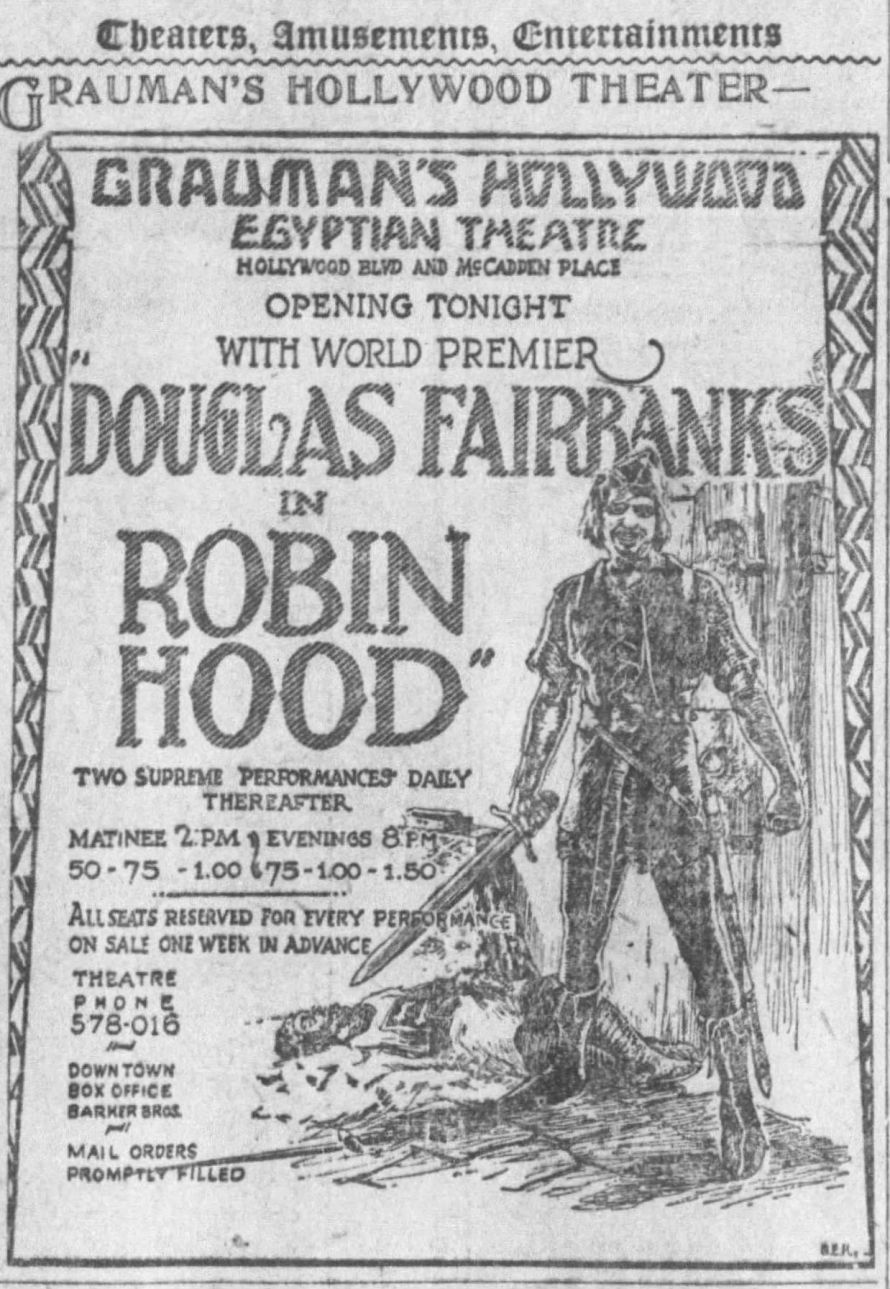
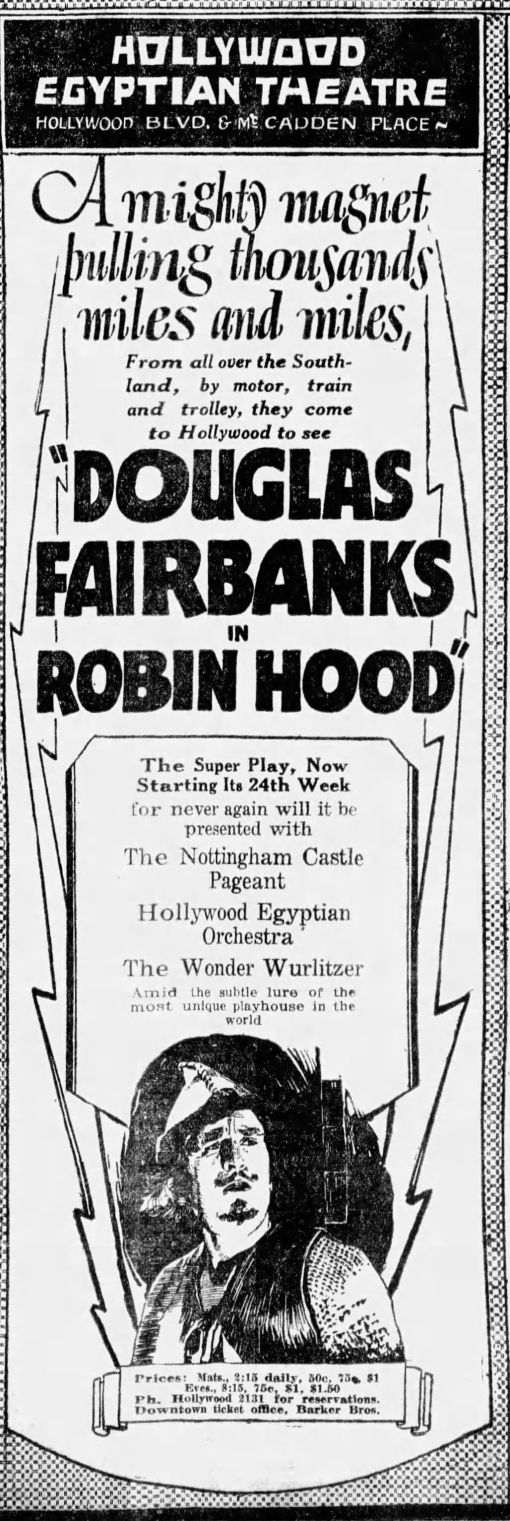
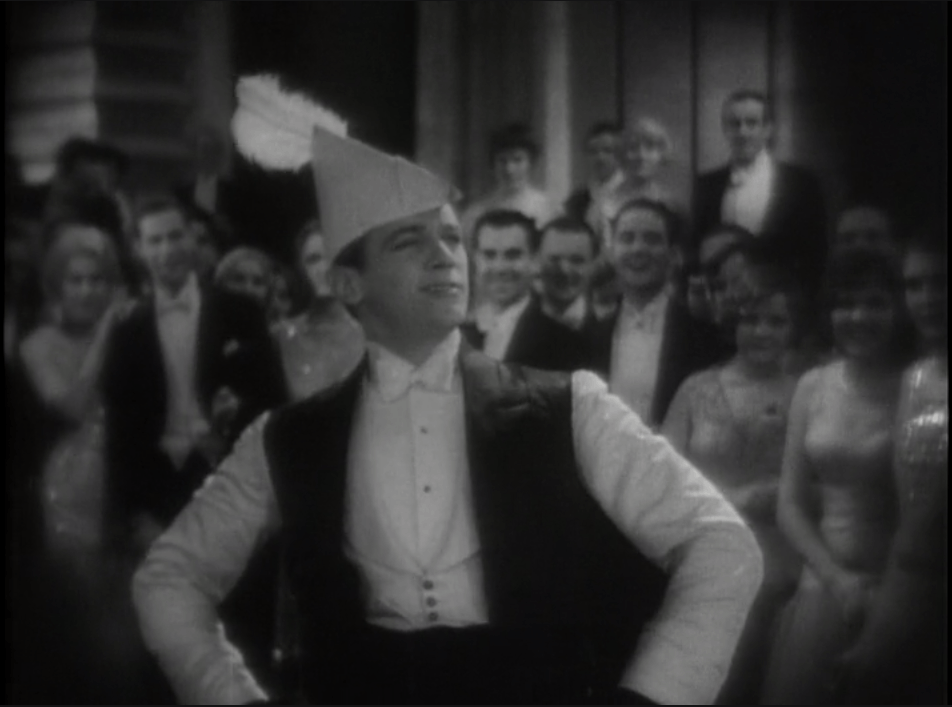
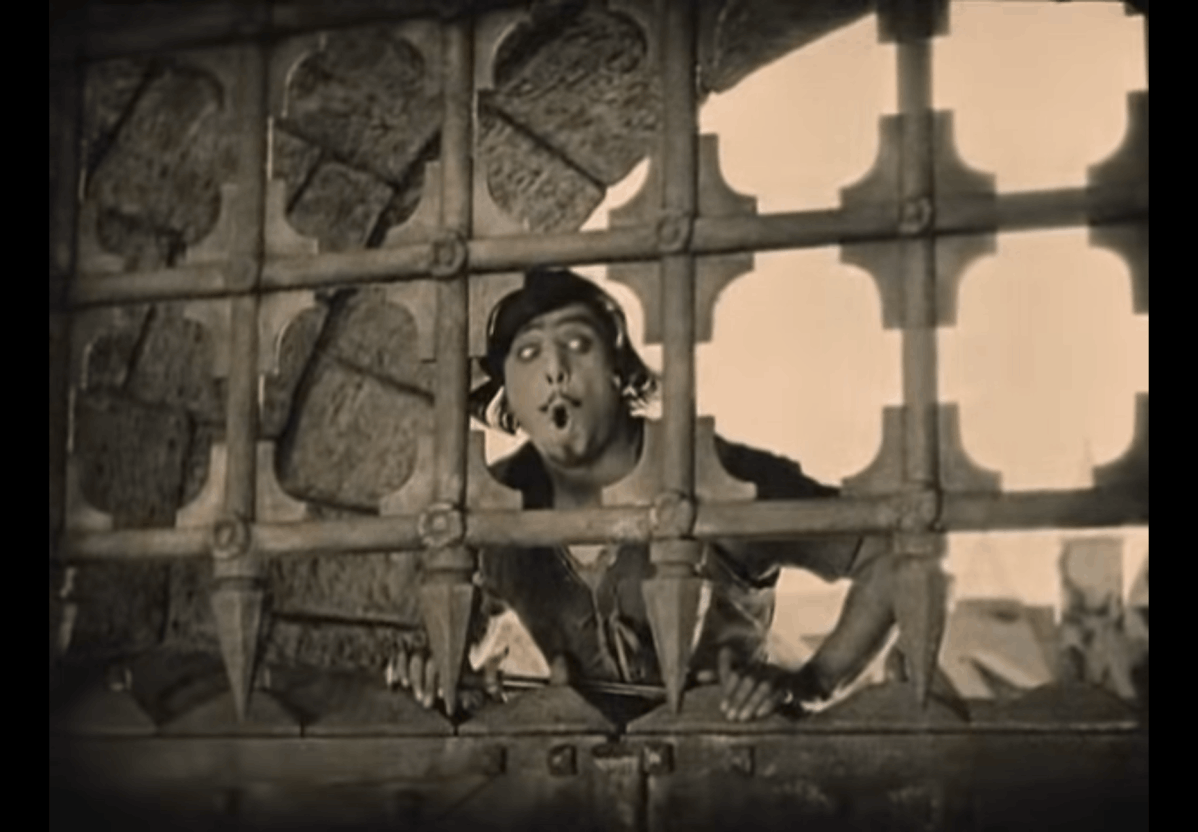


Contact Us